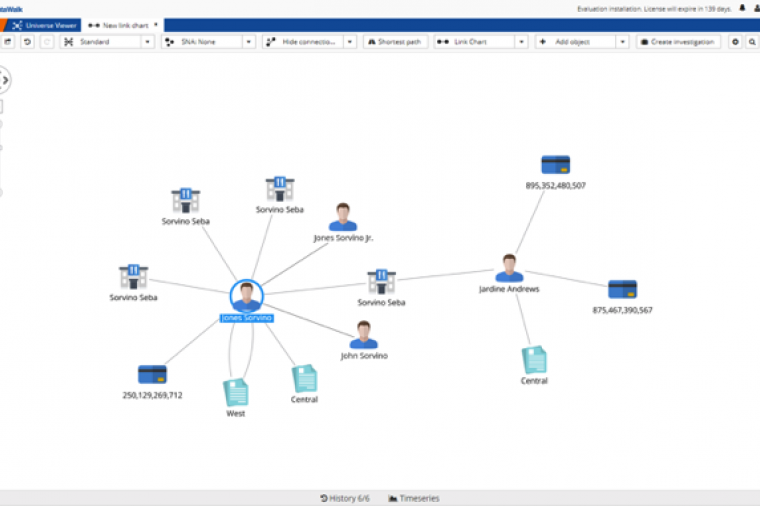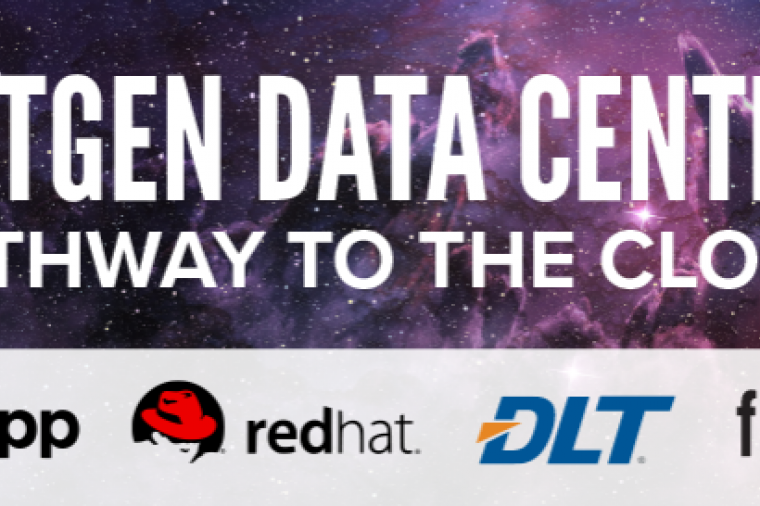Managing Today’s Virtualization Challenges by Looking at the Past and Predicting the Future

Can you afford for your team to lose eight hours a day? According to the 2016 State of Data Center Architecture and Monitoring and Management report by ActualTech Media in partnership with my company, SolarWinds, that’s precisely what is happening to today’s IT administrators when they try to identify the root cause of a virtualization performance problem. And that doesn’t even take into account the time required to remediate it. This is valuable time that could otherwise be spent developing applications and innovative solutions to help warfighters and agency employees achieve mission-critical objectives.
Virtualization has quickly become a foundational element of Federal IT, and while it offers many benefits, it’s also a major contributor to the increasing complexity that has taken over federal data centers. Adding additional hypervisors to a system increases a network’s intricacies and makes it more difficult to manually discover the cause of a fault. There’s more to sift through and more opportunities for error.
Finding that error can be time-consuming if there are not automated virtualization management tools in place to help administrators track down the source. For example, issues that normally trigger alerts, such as an overprovisioned virtual machine, would normally have to be dealt with manually. That can be a time-consuming and onerous process.
Automated solutions can provide actionable intelligence that can help federal IT administrators address issues more quickly and proactively. They can save time and productivity by identifying virtualization issues in minutes – not hours – helping to ensure that networks remain operational without experiencing major downtime.
Ironically, the key to saving time and improving productivity now and in the future involves travelling back in time through predictive analysis. This is the ability to identify and correlate current performance issues based on known issues that may have occurred in the past. Through predictive analysis, IT managers can access and analyze historical data and usage trends to respond to active issues. They can examine records of configuration data and performance analytics to better understand what might be causing today’s network issues and discover the causes of those problems quickly and efficiently.
Further, analysis of past usage trends and patterns helps IT administrators reclaim and allocate resources accordingly to respond to demands their networks may be currently experiencing. They’ll be able to identify zombie, idle, or stale virtual machines (VMs) that may be unnecessarily consuming valuable resources, and eradicate under- or overallocated and orphaned files that may be causing application performance issues.
This is not just a tool for the present, however, as predictive analytics can effectively be used to prevent future issues resulting from virtualization sprawl. By analyzing historical data and trends, administrators will be able to optimize their IT environments more effectively to better handle future workloads. They can run “what if” modeling scenarios using historical data to predict CPU, memory, network, and storage needs.
Predictive analytics is not just a “nice to have.” It’s something that is becoming increasingly in-demand among IT professionals. In fact, 86 percent of respondents to the State of Data Center Architecture and Monitoring and Management report identified predictive analytics as a “critical need.”
We often speak of virtualization management as the future of IT, but that’s only partially true. True virtualization management involves a combination of the past, present, and future. This combination gives federal IT managers the ability to better control their increasingly complex networks both today and tomorrow, by getting a glimpse into how those networks have performed in the past.
By Joe Kim, senior vice president and global CTO at SolarWinds



















